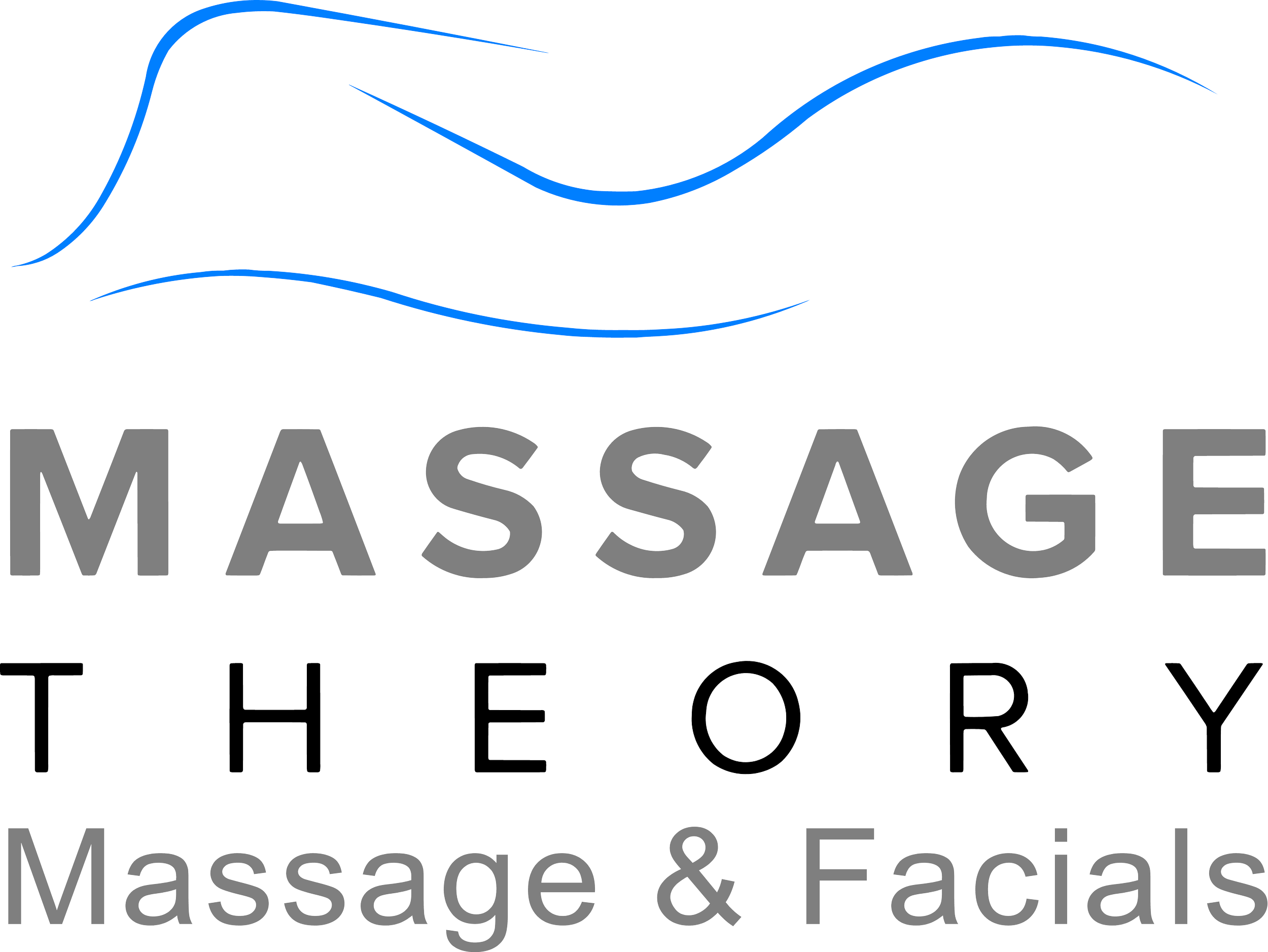Top Techniques and Strategies for Using Massage to Manage Your Stress: A Practical Guide
In today's fast-paced world, stress has become a common companion for most people. Finding effective ways to manage this relentless stress is crucial not only for your mental well-being but also for maintaining your physical health. Massage therapy stands out as a powerful tool in your stress-management arsenal, offering not only momentary relief but potentially long-lasting benefits for your overall stress levels.
Understanding how to use massage techniques for stress relief involves more than just scheduling a session; it's about knowing what specific strategies can target your stress. Through various methods like Swedish and deep tissue massage, you can tap into the body's natural ability to heal and restore balance. Additionally, incorporating habits such as guided imagery and deep breathing during your massage can enhance the relaxation experience, thereby maximizing the stress-reducing effects.
While a professional massage offers tailored expertise, there are also simple methods you can practice at home to manage stress. Techniques such as self-massage can be particularly effective for targeting tension in areas like the shoulders and neck—the typical repositories for stress. Knowing these approaches equips you with the power to exert control over your stress, leading to a more calm and centered state of mind.
Understanding Stress and Its Effects on the Body
Before diving into massage therapy as a stress management technique, it's crucial to understand the intricacies of stress and how it impacts you physically and psychologically.
The Science of Stress
Stress triggers your body's fight-or-flight response, leading to the release of stress hormones like cortisol. This reaction, while beneficial in short bursts, can negatively affect your body when it becomes continuous, a state known as chronic stress. Chronic stress can exacerbate health issues ranging from anxiety to chronic pain, disturb sleep quality, and influence blood pressure and heart rate. The sympathetic nervous system becomes overactive during stress, while the parasympathetic nervous system acts to calm and restore the body.
Physical and Psychological Benefits of Massage for Stress
Massage therapy provides numerous benefits by modulating the body's response to stress. It aids in the transition from the high-energy state of the sympathetic nervous system to the restorative state of the parasympathetic nervous system. Research suggests that massage can help lower cortisol levels, reduce muscle tension, and decrease blood pressure.
It also has psychological benefits, including improved mood and a sense of relaxation, which are pivotal for managing stress effectively. Furthermore, massage can enhance other bodily functions like digestion and blood flow, making it a holistic approach to handling stress-related symptoms.
Related Health Considerations and Contraindications
It's important to note that while massage has many health benefits, there are situations where caution is needed or massage may not be advisable. People with certain health conditions, such as severe illness, severe fatigue, or during certain stages of pregnancy, should consult a healthcare provider before opting for massage therapy. Additionally, some may have conditions that affect the musculoskeletal system where massage may need to be tailored to not exacerbate the issue. Always discuss your health history with a qualified massage therapist to ensure the safest and most effective treatment.
Massage Techniques for Stress Management
Massage can significantly impact your ability to manage stress, affecting focus, improving sleep quality, and enhancing your mood. It can be applied through various professional techniques or self-massage strategies, and when paired with certain complementary practices, it forms a holistic approach to stress reduction.
Professional Massage Approaches
Professional massage therapies, when performed by a licensed healthcare provider, are designed to reduce stress, relieve pain, and ease muscle tension. Among the most recognized forms:
Swedish Massage: This technique employs long, flowing strokes to calm the body and mind, often recommended for stress-induced muscle spasms and tension headaches.
Deep Tissue Massage: Targeting deep layers of muscle and connective tissue, this massage is effective for chronic back pain and post-exercise recovery.
Shiatsu Massage: With its roots in Japanese massage therapy, Shiatsu involves rhythmic pressures that can help in restoring energy balance, crucial for stress relief.
Aromatherapy Massage: Essential oils are often included for additional stress reduction benefits, enhancing the sense of relaxation.
Prenatal Massage: Specifically tailored for expecting mothers, this massage type considers pregnancy-related stresses and aches.
Sports Massage: Although aimed at athletes, sports massage can benefit anyone dealing with exercise-induced stress and tension.
Complementary Practices for Holistic Stress Reduction
For a more holistic approach to stress management, incorporate complementary practices alongside massage:
Exercise: Regular physical activities such as stretching and tai chi promote mental and physical relaxation.
Mindfulness and Meditation: Engaging in mindfulness or guided imagery can elevate the stress-relieving effects of massage.
Relaxation Techniques: Progressive muscle relaxation and deep breathing exercises are excellent tools to use before or after massage sessions.
Nature Therapy: Time spent walking or simply being in nature stimulates the senses and complements the stress relief benefits of massage.
Healthy Diet and Hydration: As part of a holistic approach, maintaining a balanced diet supports your body's overall response to stress.
Hydrotherapy: Combining massage with water-based treatments like baths can further improve stress management results.
By understanding and applying these techniques and strategies, you can create a personalized plan to manage stress through massage.
